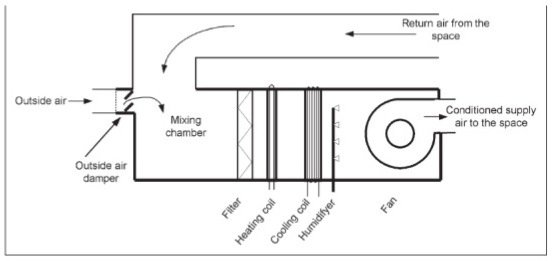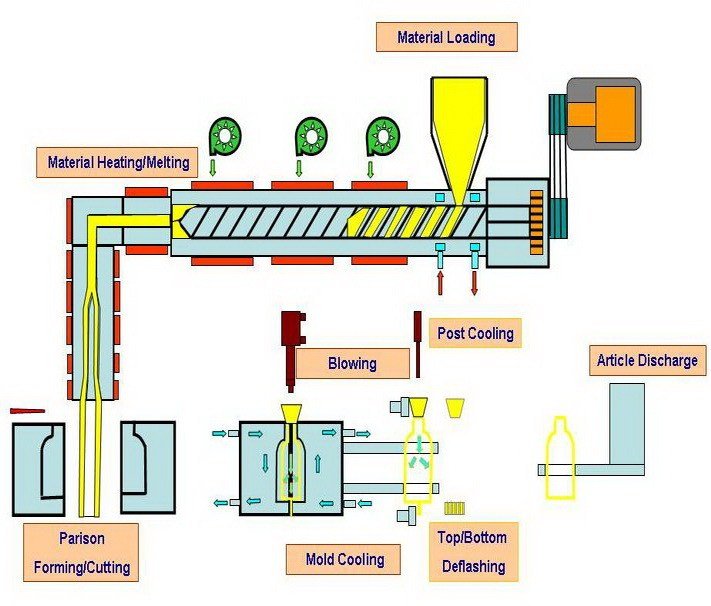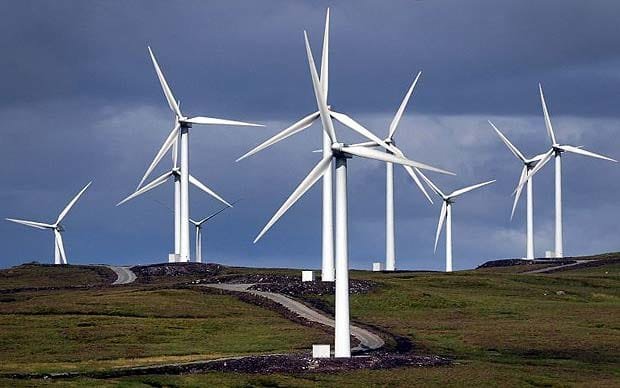HEAT TRANSFER AND AIR CONDITIONING
Introduction:
According to second law of thermodynamics, heat transfer or heat flow takes place from a body at a higher temperature to a body at lower temperature. Following are the three methods of heat transfer from one body to another:
1. Conduction:
It is a process of heat transfer from one particles of the body to another in the direction of fall of temperature. Themselves remaining in fixed position relative to each other. The heat transfer in a metal rod is by conduction.
2. Convection:
It is a process of heat transfer from one particle of the body to another by convection current. This case, the particle of the body move relative to each other. The heat transfer, in case of liquids, and gases, take place according to convection.
3. Radiation:
It is a process of heat transfer from a hot body to a cold body, in a straight line, without affecting the intervening medium. The heat of sun reaches to us according to radiation.
Newton’s Law of cooling:
The heat transfer from a hot body to a cold body is directly proportional to the surface area and difference of temperature between the two bodies. This statement is called Newton’s law of cooling.
Heat Exchanger:
A device used for transferring heat from fluid to another is called a heat exchanger. Its use is made in radiators in automobile, inter coolers & pre-heaters. Condensers and boilers in steam plant, condensers and evaporators in refrigeration and air conditioning units. The following two types of heat exchangers are common in use.
Parallel flow heat exchanger and two counter current flow heat exchanger.
In parallel flow heat exchanger, the fluid flow in the same direction. The temperature difference is maximum at inlet and consequently the rate of flow of heat and the rate of decrease of temperature are maximum here.
In counter current flow heat exchanger, the fluid flow in the opposite direction. The heat transfer take place between the fluid at the moment when is in it coldest state and when each is in its hottest state. The average temperature between the two fluids is greater than in parallel flow heat exchanger.
Air conditioning:
The air conditioning is that of branch of engineering science which deals with the study of conditioning of air supplying and maintaining desirable internal atmospheric condition for human comfort, irrespective of external condition. The following are the for important factor for comfort air conditioning.
1. Temperature of air
2. Humidity of air
3. Purity of air
4. Motion of air
Psychometric:
The psychometric is that branch of engineering science which deals with the study of moist air, dry air mixed with water, vapour or humidity. The following psychometric them may be clearly understood:
1. Dry air: The pure dry air is a mixture of number of gases such as nitrogen, oxygen, carbon dioxide, hydrogen, argon, neon, helium etc. but the nitrogen and oxygen have the major portion of the combination.
2. Moist air: It is a mixture of dry air and water vapour. The amount of water vapour present in the air depends upon the absolute pressure and temperature of the mixture.
3. Saturated air: It is a mixture of dry air and water vapour, when the air has diffused the maximum amount of vapour in to it.
4. Degree of Saturation: It is the ratio of actual mass of water vapour in a unit mass of dry air to the mass of water vapour in the same mass of dry air when it is saturated at the same temperature and pressure.
5. Humidity: It is the mass of water vapour present in 01 kg of dry air, and is generally expressed in them of gm/kg of dry air. It is also called specific humidity or humidity ratio.
6. Absolute Humidity: It is the mass of water vapour present in 01 m3 of dry air, and is generally expressed in them of gm per cubic metre of dry air.
7. Relative Humidity: It is the ratio of actual mass of water vapour in a given volume of moist air to the mass of water vapour in the same volume of saturated air at the same temperature and pressure.
8. Dry bulb temperature: It is the temperature of air recorded by a thermometer, when it is not affected by the moisture present in the air.
9. Wet bulb temperature: It is the temperature of a air recorded by a thermometer, when its bulb is surrounded by a wet cloth exposed to the air, such a thermometer is called wet bulb thermometer.
10. Wet bulb depression: It is the difference between dry bulb temperature and wet bulb temperatures at any point the wet bulb depress on indicate relative humidity of the air.
11. Dew point temperature: It is the temperature of air recorded by a thermometer, when the moisture present in it begins to condense. In other word, the dew point temperature is the saturation temperature corresponding to the partial pressure of water vapour.
12. Dew point depression: It is the difference between the dry bulb temperature and dew point temperature of air.
Chemical Equipment and its main Parts uses and Maintenance operation





Such a wonderful detail. Effective way of presentation
Thanks